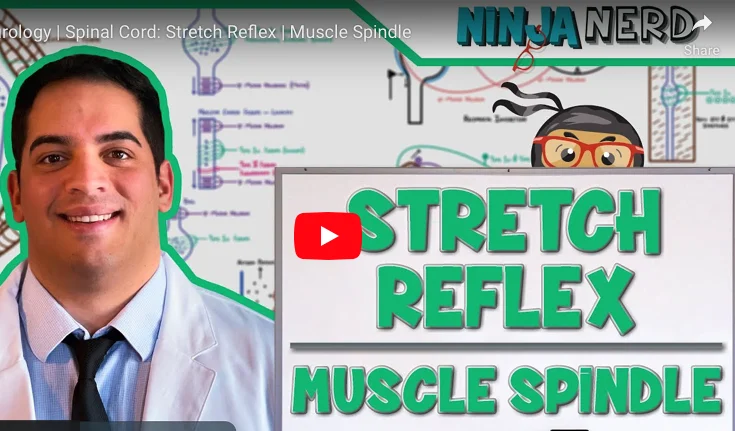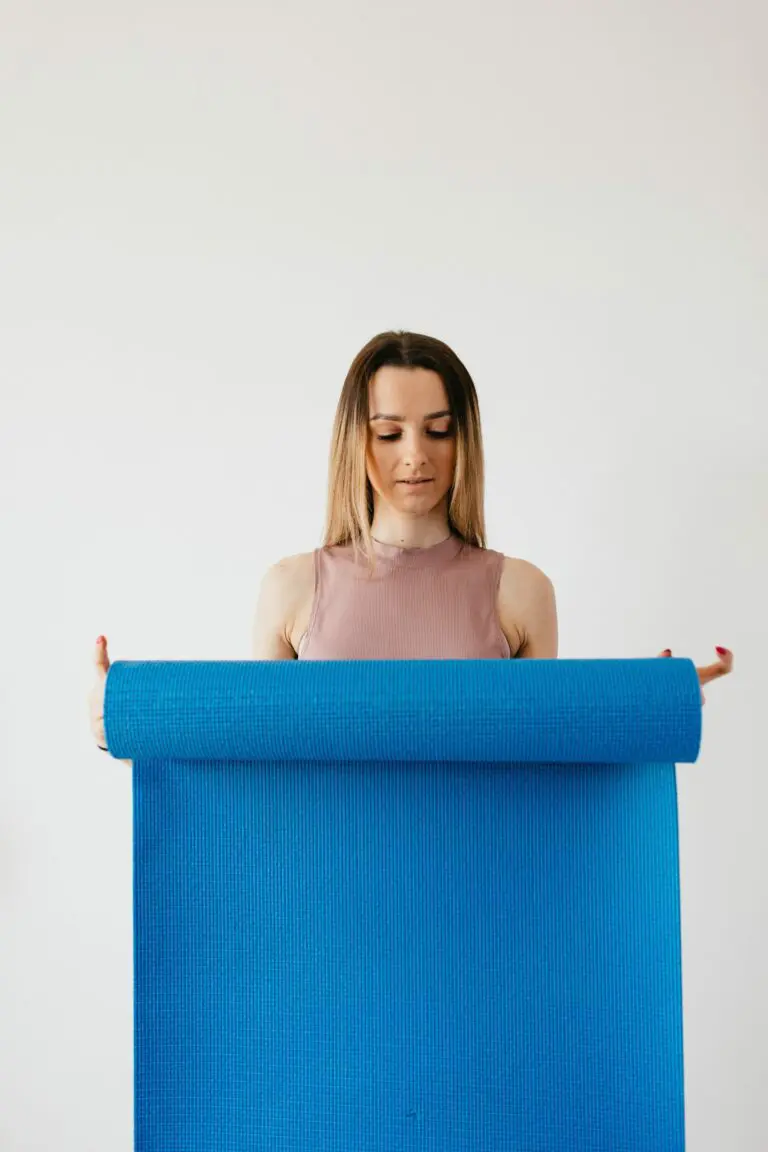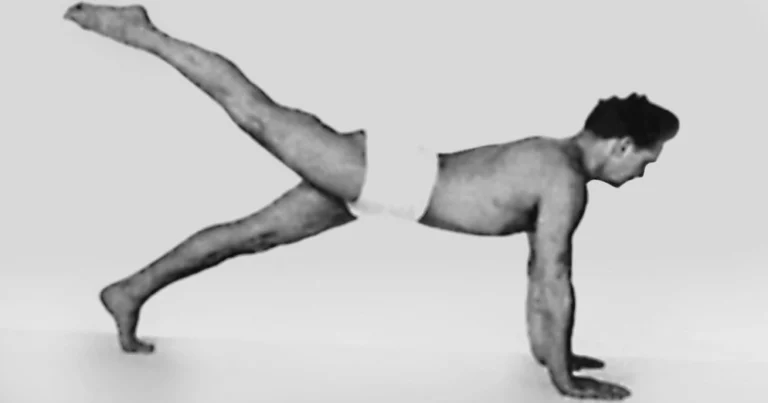If your looking to get started in Pilates or deepen your practice, these are the best Pilates books to get you started.
These Pilates books are all written by well-known Pilates experts and richly illustrated.
Top Recommendations for Beginner Pilates Books (focus on Mat)
Support bookstores! Purchase from bookshop.org!
- Siler, Brooke. The Women’s Health Big Book of Pilates: The Essential Guide to Total Body Fitness. Rodale Books, 2013. This book has all that’s promised in the title (though it’s not exclusively for women). In terms of bang for your buck, this is one of the best Pilates books out there.
Guidance and illustrations for beginning, intermediate, and advanced mat work. Plus material on how to use all the props. This book is great for those who are practicing alone and also teachers looking to expand their repertory.
Siler’s The Pilates Body: The Ultimate At-Home Guide to Strengthening, Lengthening and Toning Your Body- Without Machines is also great, but I think that you’ll get more out of the first text I recommended.
2. Herman, Ellie. Pilates for Dummies. John Wiley & Sons, 2007. I know, I know, titles matter! But you’d be a dummy to pass up on this one just because of the title.
For beginners, particularly if you’re working on your own, this is a great book. Ellie Herman does a great job of building off of Classical Pilates in new ways that stay true to the Pilates method. Her writing is intelligent, funny, and sassy.
She gives great visualizations and hints to keep you safe while you go deep into the Pilates method. So Herman’s work is easy to recommend among the best Pilates books.
Ellie Herman’s books on the Ball and many Props are both as good as it gets. Tons of exercises and great instructions.
You can use props to modify exercises to make them harder, or use options to make them more challenging.
These are among the best Pilates books. They’re also cheap and packed with great variations to spice up your practice!
3. 15-Minute Pilates: Four 15-Minute Workouts for Strength, Stretch, and Control, by Alycea Ungaro. Sometimes you have to nudge yourself into a new habit bit by bit, and that’s one great thing about 15-Minute Pilates. If you can dedicate just a quarter of an hour, you’ll be well on your way to a new you. Ungaro is also a well-respected teacher who’s capable of explaining how to move safely to get the maximum benefit from your workout. If your time is limited, this is one of the best Pilates books.
4. Pilates, Joseph H., and William John Miller. Return to Life through Contrology. Ravenio Books, 1945. Of course this is the book that got things started for Pilates method, and it remains the source for serious students. You might also want to check out the book Joe Pilates wrote before he had really even codified his method: Your Health: A Corrective System of Exercising That Revolutionizes the Entire Field of Physical Education (1934). If you’re looking for best Pilates books, this is the place to start.
Why Read the Best Pilates Books?
Using a book is a great way to make sure you’re getting the most out of Pilates. This is especially true if you are the kind of person who prefers to know what they’re doing before you start doing it.
The best Pilates books we list have 1) excellent descriptions 2) by noted Pilates experts. And they also have 3) excellent illustrations.
Even when the experts disagree slightly on how to do an exercise, you can learn their reasoning and decide which approach works best for your clients.
Unlike videos, you can highlight, place markers, and quickly skip to the section you’re interested in. While books are no substitute for live interaction, they can really help you get the most from your practice.
General Functional Anatomy Books
If you want to go deeper with your Pilates, then learning some anatomy can be really helpful. Below are our top recommendations.
Beginning Anatomy Books
There are three books I’d really recommend for deepening your understanding of anatomy. These are used both at the beginning university level and also for most advanced anatomy modules for Pilates, dance, yoga, etc. instructor courses.
This knowledge will help you out for your entire career.
- Isacowitz, Rael, and Karen Clippinger. Pilates Anatomy. Human Kinetics, 2019. This has a great introduction that will feed any body geek! Illustrations are clear, with color-shading for the primary and secondary muscles. You also get Rael Isacowitz’s guidance for the major exercises. This is a must have for teachers and serious Pilates practitioners.
- Blandine Calais-Germain, Anatomy of Movement, Anatomy of Movement (Eastland Press, Seattle), 1993. You’ll need to work through this from beginning to end. It has great illustrations and is organized in bite-size chunks. It’s an immensely popular book for a good reason!
- Netter’s Anatomy Coloring Book. While you don’t need to color this cover-to-cover, you should cover the major muscles, bones, and organs. Pick a few areas you’re particularly interested in (maybe an area where you’ve had an injury or that you have little understanding of) and work through those sections too.
Experiential Anatomy Books
If you like to learn through doing/moving (kinesthetic), experiencing (experiential), and touching (tactile), you might want to try this approach to anatomy.
In the books below, you can learn by yourself or with a partner.
Biel, Andrew, and Robin Dorn. Trail Guide to the Body: How to Locate Muscles, Bones and More. 6th ed. Books of Discovery, 2019. Wonderful book useful to learning the location and feel of most of your muscles and bones. Very clear and still a primary text for all sorts of body workers. It’s also great for cuing clients.
Olsen, Andrea, and Caryn McHose. Bodystories: A Guide to Experiential Anatomy. UPNE, 2004. Based on a 29-day schedule of self-exploration of your muscles, bones, and cells.
Cohen, Bonnie Bainbridge, Lisa Nelson, and Nancy Stark Smith. Sensing, Feeling, and Action: The Experiential Anatomy of Body-Mind Centering. Contact Editions, 2012. Classic collection of writings with guidance to experiencing beyond the muscular-skeletal level.
If you’re looking for more advanced literature from science journals about Pilates method, then check out our bibliography of articles and studies.
We receive a commission from sales if you follow the links to Bookshop.org. This is an easy way for you to support the website while making ethical purchases. Thanks for pitching in!




